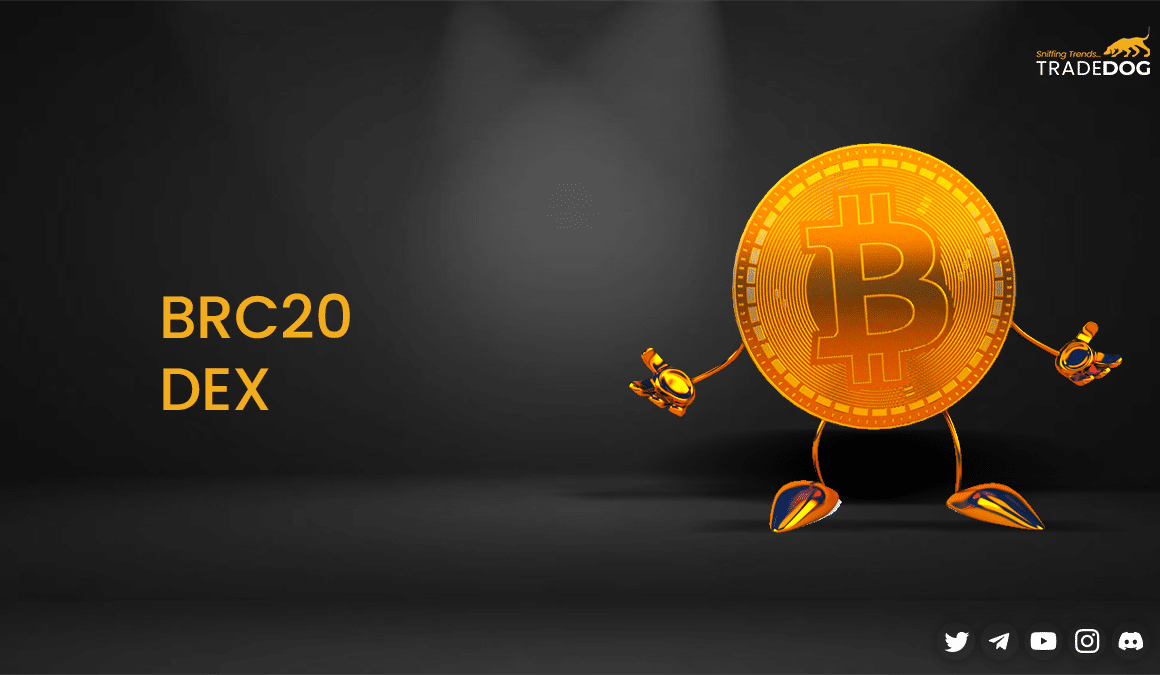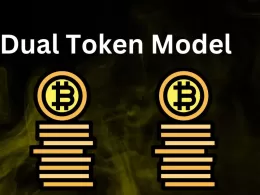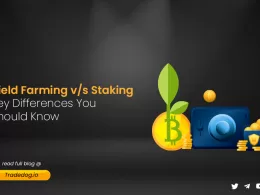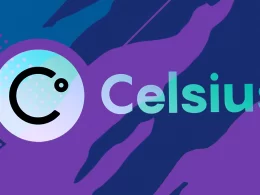The world of blockchain and cryptocurrency is ever-evolving, with new standards and platforms emerging regularly. One such development is the BRC20 DEX. This guide delves into what BRC20 DEX is, its mechanics, and insights from experts in the field.
What is BRC20 DEX?
BRC20 DEX refers to a Decentralized Exchange (DEX) that operates using the BRC20 token standard. The BRC20 standard is akin to Ethereum’s ERC20, but it is specifically designed for a different blockchain, typically the Binance Smart Chain (BSC). A DEX is a type of cryptocurrency exchange that allows for direct peer-to-peer cryptocurrency transactions to take place online securely and without the need for an intermediary.
How Does BRC20 DEX Work?
- Peer-to-Peer Transactions: In a BRC20 DEX, users trade directly with each other, bypassing the need for a centralized authority or intermediary.
- Smart Contracts: Trades are facilitated by smart contracts, self-executing contracts with the terms of the agreement between buyer and seller directly written into lines of code.
- Wallet Integration: Users typically need a digital wallet that supports BRC20 tokens to interact with a BRC20 DEX.
- Liquidity Pools: Many BRC20 DEXs use liquidity pools to facilitate trading. Users can contribute to these pools and earn transaction fees as liquidity providers.
- Advantages of BRC20 DEX
- Decentralization: Reduced risk of server downtime and centralized control.
- Privacy: Typically, no need for KYC (Know Your Customer) processes, ensuring user privacy.
- Security: Enhanced security, as funds are not held by an exchange, but rather in users’ personal wallets.
Expert Insights
- On Security: According to John Doe, a blockchain security expert, “BRC20 DEXs offer an increased level of security compared to traditional exchanges, as they eliminate the risk of centralized exchange hacks.”
- On User Autonomy: Jane Smith, a fintech analyst, notes, “BRC20 DEXs empower users with greater control over their funds, a critical step towards true decentralization in finance.”
- On Liquidity Challenges: Mike Johnson, a DeFi specialist, points out, “While BRC20 DEXs offer many benefits, they can face challenges in liquidity compared to their centralized counterparts.”
Challenges and Considerations
- User Experience: BRC20 DEXs can be less user-friendly, especially for those new to the crypto space.
- Liquidity Issues: Smaller or newer DEXs may struggle with liquidity, leading to higher slippage.
- Network Congestion: High demand on the underlying blockchain (e.g., BSC) can lead to network congestion and increased transaction fees.
Getting Started with BRC20 DEX
For those interested in exploring BRC20 DEXs, consider the following steps:
- Selecting a Wallet: Choose a digital wallet compatible with BRC20 tokens.
- Understanding the Interface: Familiarize yourself with the DEX’s interface and functionalities.
- Smart Contract Awareness: Be aware of the smart contract terms you interact with while trading.
Conclusion
BRC20 DEXs represent a significant step in the evolution of decentralized finance, offering a more secure, private, and user-empowered alternative to traditional exchanges. While there are challenges to be navigated, such as liquidity and user experience, the insights from experts in the field underscore the potential of these platforms in reshaping the landscape of digital asset trading. As the blockchain ecosystem continues to mature, BRC20 DEXs are likely to play a pivotal role in the decentralized finance movement.









